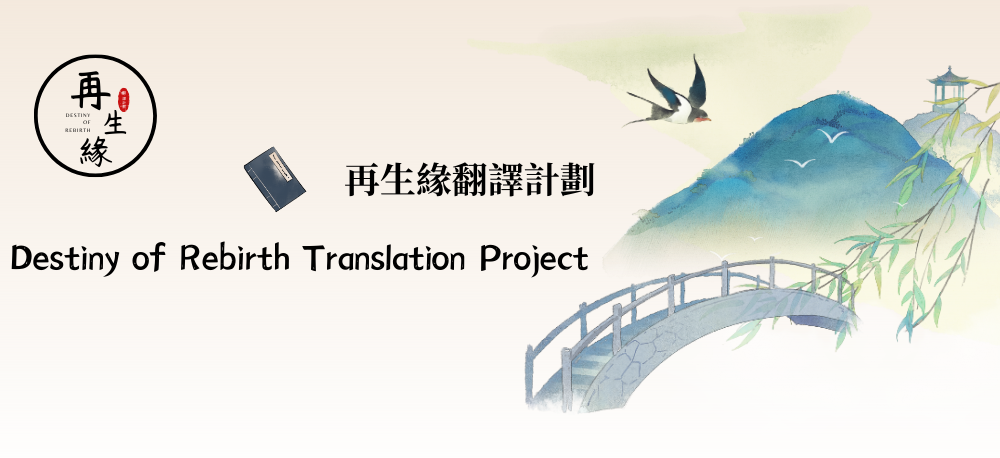Refers to the steps of a beauty. In late imperial China, women of gentry background would bind their feet to look like lotus, with the concept of the smaller the better.
On the one hand, men considered women’s smaller feet to have great sexual appeal, so revolutionists during the May-Forth movement considered footbinding as evidence of men (or Confucianism) suppressing women, and hence, advocating the release of feet as a way to liberate women.
On the other hand, late imperial Chinese women also considered their tiny feet as a sign of high social status, because being able to endure the pain when binding their feet at a young age (which often involves breaking bones) indicates extreme self-discipline and determination. Therefore, women kept practicing footbinding in gentry houses with the tradition passed down from mother to daughter.
Later in the story, we will see a complicated discourse around female bounded feet and how it not only affects gender stereotypes but also the female community and the mother-daughter relationship. For a more detailed study on footbinding, see Dorothy Ko, Cinderella’s Sisters: A Revisionist History of Footbinding (University of California Press, 2005).

Cover of Dorothy Ko’s book.
